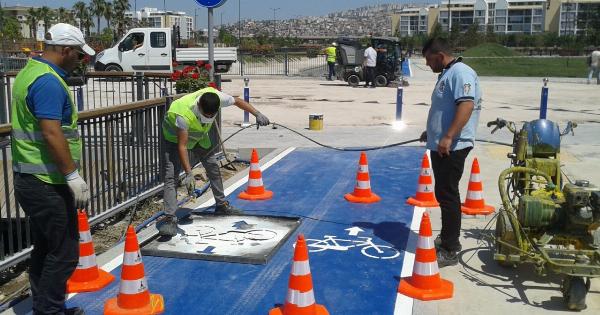Childbirth is a miraculous and complex process that brings new life into the world. Understanding the different stages of childbirth can help both expecting parents and healthcare professionals engage in a smooth and safe delivery.
In this informative article, Dr. Lygnos sheds light on the first stage of childbirth, from contractions to dilating.
The First Stage of Childbirth
The first stage of childbirth is often the longest and begins with the onset of regular contractions. Contractions are the tightening and relaxation of the uterine muscles, which help push the baby down the birth canal.
These contractions are usually mild at the beginning but gradually become more intense and frequent as labor progresses.
Early Labor: Contractions Begin
During the first stage of childbirth, also known as early labor, the cervix starts to thin out and gradually open up. This process is called effacement and dilation.
When contractions start, they may be irregular and may occur as infrequently as every 10 minutes. The mother may also experience a bloody show, which is a small amount of blood mixed with mucus that signifies the onset of labor.
Active Labor: Progressing Contractions
As the first stage progresses into active labor, the contractions become stronger and occur at more regular intervals. During this stage, the cervix continues to thin and opens up more.
Contractions typically last for around 45–60 seconds and occur every 3–5 minutes. It’s vital for the expecting mother to stay hydrated and practice relaxation techniques to cope with the increasing intensity of the contractions.
Dilation: Opening of the Cervix
The main event during the first stage of childbirth is the dilation of the cervix. The cervix is a narrow passage between the uterus and the birth canal, and it needs to dilate to approximately 10 centimeters for the baby to pass through.
Dilation is measured in centimeters and is a crucial process that allows the baby’s head to descend into the birth canal.
Signs of Progress
Healthcare professionals often measure the progression of the first stage by assessing the dilation and effacement of the cervix and the descent of the baby’s head.
It’s important to note that each woman’s labor progresses differently, and the rate of dilation can vary. However, on average, the cervix typically dilates at a rate of approximately 1 centimeter per hour during active labor.
Managing Pain during the First Stage
The intensity of contractions during the first stage of childbirth can cause discomfort and pain. It’s crucial for expectant mothers to explore various pain management techniques to help cope with the process. Some options include:.
- Deep breathing exercises
- Using a birthing ball for support
- Taking warm showers or baths
- Practicing relaxation and visualization techniques
- Using hydrotherapy
- Trying different labor positions
- Utilizing pain medications or epidurals as prescribed by a healthcare provider
When to Seek Medical Assistance
While the first stage of childbirth is a natural process, it’s crucial to keep a close eye on certain signs that may indicate a need for medical assistance. If any of the following symptoms occur, seeking medical attention is highly recommended:.
- Severe or unrelenting pain
- Excessive bleeding
- Absence of fetal movement
- Signs of infection, such as fever or chills
- Unusual discharge
- Prolonged periods without contractions
Preparation for the First Stage of Childbirth
Proper preparation for the first stage of childbirth is key to ensuring a smooth and positive experience. Expectant mothers are advised to:.
- Attend prenatal classes to learn about the stages of labor
- Create a birth plan to communicate their preferences to healthcare providers
- Arrange for transportation to the hospital or birthing center
- Prepare a hospital bag with essentials for both the mother and the baby
- Enlist the support of a birth partner or doula
- Discuss pain management options with their healthcare provider
The Role of the Birth Partner
The birth partner plays a crucial role in supporting the mother during the first stage of childbirth. They can provide emotional support, help with relaxation techniques, and advocate for the mother’s preferences.
The birth partner can also assist with timing contractions and ensuring the mother stays hydrated and nourished during labor.
Conclusion
The first stage of childbirth is an awe-inspiring journey that marks the beginning of a new life.
Understanding the progression of labor from contractions to dilating can empower expectant mothers and birth partners to actively participate in this transformative process. By being aware of the signs of progress and seeking appropriate medical assistance when needed, the first stage of childbirth can be a positive experience filled with anticipation and joy.






























